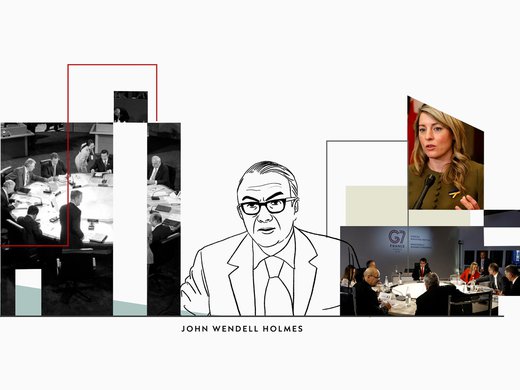While the Paris Agreement does not address the issue of climate engineering expressly, the target of limiting global average temperature rise to no more than 2°C (a goal that appears unlikely to be achieved in the absence of significant amounts of carbon removal) raises questions with respect to how the issue of carbon dioxide removal (CDR) and solar radiation management (SRM) technologies may be addressed under the Paris Agreement. This report examines the specific provisions of the Paris Agreement with a view to identifying where legal and policy questions in relation to climate engineering are likely to arise. Inclusion of CDR technologies as part of a state’s nationally determined contributions (NDCs) is permissible under article 4 of the Paris Agreement, but will likely trigger concerns respecting technological readiness and equity. SRM technologies would appear to have little entry room within the Paris Agreement, but the process mechanism of the agreement provides opportunities to satisfy SRM research governance demands for transparency and public deliberation. The report concludes that the building blocks for an internationally integrated approach to climate engineering law and policy are faintly present in the Paris Agreement’s procedural and institutional capacities. As research activities generate a clearer understanding of the feasibility of CDR and SRM technologies, bringing the science to bear on the normative commitments to equity, human rights and the nature of climate change as an issue of common concern will be critical to realizing a broader coherence in global climate policy under the Paris Agreement.


